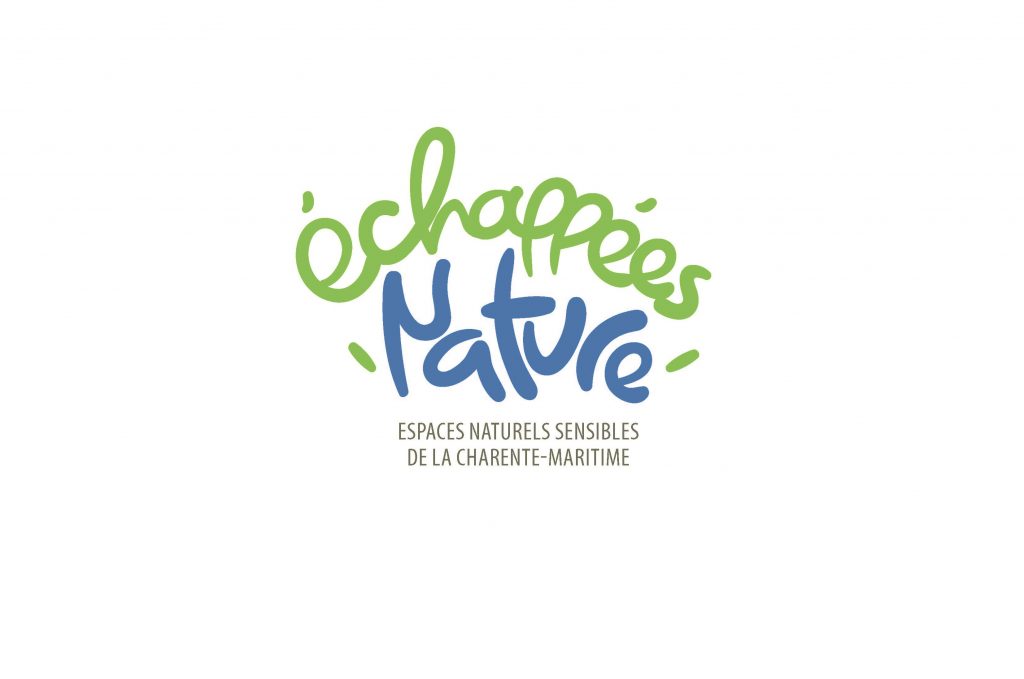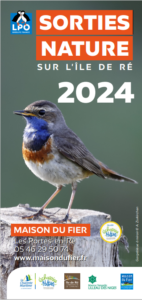Census of sea birds
- Monthly census:
The number of sea birds is counted when the tide is at its highest point each month on the Nature Reserve, the marshes and the entire coastline of the Ile de Ré. Recording these figures allows us to trace migratory habits and detect any changes in the bird population, both on a national and international scale. - Monitoring of nesting laro-shorebirds:
Each spring (from April to July), LPO ornithologists comb the marshes to count the numbers of nesting birds. These records involve the Laridae family of birds and shorebirds: avocets, stilts, sterns, seagulls, gulls, lapwings, plovers and common redshanks…
National and international programmes
- Ringing birds: birds are ringed all year round on the Nature Reserve to keep track of their movements (migration and other displacements).
- Age ratio of Brant geese: a yearly survey is carried out around areas favoured by migratory winter birds to find out how many young there are among the groups of Brant geese and to learn more about successful reproduction.
- Monitoring the ardeids family of birds: every 5 years a survey of nesting herons is carried out (Little Egrets, Cattle Egret and Grey Heron) including all the heronries on the Ile de Ré.
- Cockerels
- STOC EPS : the regular monitoring of common birds is carried out to learn about variations in the population of nesting birds. For this purpose, the following areas are considered within the Nature Reserve.
Ecological monitoring of the salt marshes:
- Fishing for scientific research: two weeks out of every year, the Nature Reserve staff fish in the marsh waters in order to determine the numbers and species of fish present on the reserve.
- Oxygen levels in the water:
- Salinity
- Aquatic plants
Ecological monitoring of the maritime section of the reserve:
- Mudflats
- Monitoring of benthos: within the framework of the Nature Reserves of France, samples of benthos are taken each year for evaluation and the long-term study of benthic animals.
- Eelgrass
A range of studies:
- Botanical monitoring :
- Monitoring the landscape:
- Cartography of the inhabitants:
- Structure of the vegetation :
Please Note : This page is currently under construction. Please contact us if you have looking for specific pieces of information.





